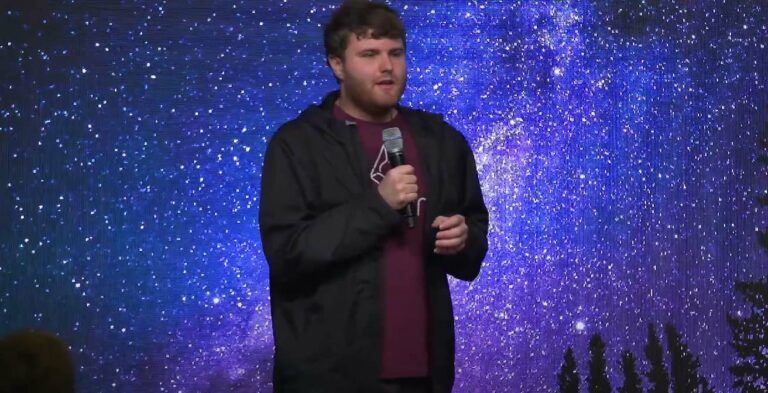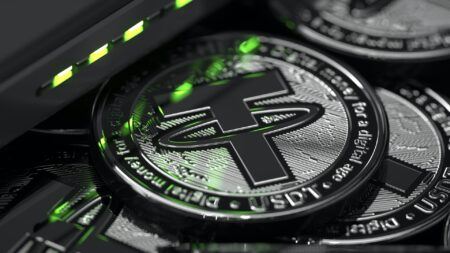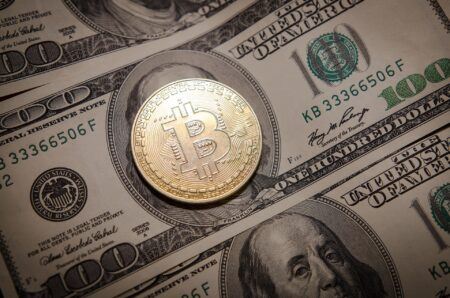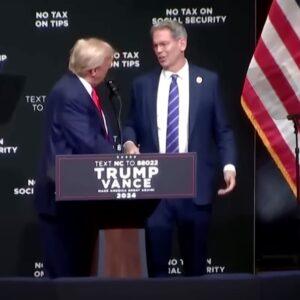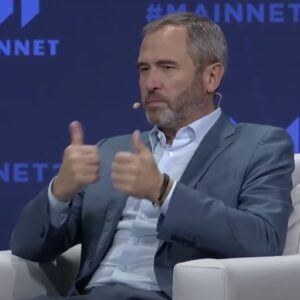Joey Krug, Co-Chief Investment Officer at blockchain-focused investment firm Pantera Capital Management LP, explained in his firm’s most recent monthly newsletter how he “became 99.9% convinced that DeFi is the future of finance.”
In the February 2021 issue of Pantera Blockchain Letter, which was published on Thursday (February 11), Krug talked about the GameStop saga and how the kinds of problems it highlighted are overcome by decentralized finance (DeFi):
“The great thing about DeFi is that it’s global, has relatively low fees (once Ethereum scales), few intermediaries, transparent fair rules for everyone, and the trade is the settlement. It gets rid of the rigged system and replaces it with a shared public infrastructure that cannot be rigged. No broker can ratchet up collateral requirements because there is no gatekeeper broker.
“The clearinghouse is just a smart contract. Since everything is automated and happens via smart contracts, a trade either happens or it doesn’t. There is not + 2 days, but instead ‘trade intent’ + 30 seconds. Once your trade gets confirmed on Ethereum, it’s final, and that’s it.
“And since these systems are global, anyone can access them anywhere in the world“
He then explained when/how he became convinced that DeFi is the future of finance:
“When you use DeFi, you’ll realize finance is never going back. The moment I internalized that this was for sure the way the future is going was in 2020… it wasn’t until last year when I became 99.9% convinced that DeFi is the future of finance.
“I wanted to trade from one asset into another. I had one cryptocurrency that was a token on Ethereum. I needed dollars to send to an OTC desk to get me a cryptocurrency from an exchange that didn’t trade in the US market. I used a decentralized exchange aggregator (a site that routes your order across dozens of decentralized token exchanges and gets you the best price) and traded that first token for USDC. The price I got was better than any OTC desk quoted me for the same trade.
“Ordinarily, I would’ve had to send it to a centralized exchange first, wait a while, trade it, and withdraw the USDC, which usually retakes a bit. Once I had the USDC, I sent the USDC to an OTC desk (at about 2 AM, when the banking system would’ve been closed). The OTC desk bought me the new token and then sent it to my wallet for that blockchain a few hours later…“

